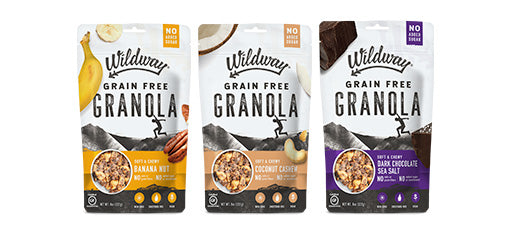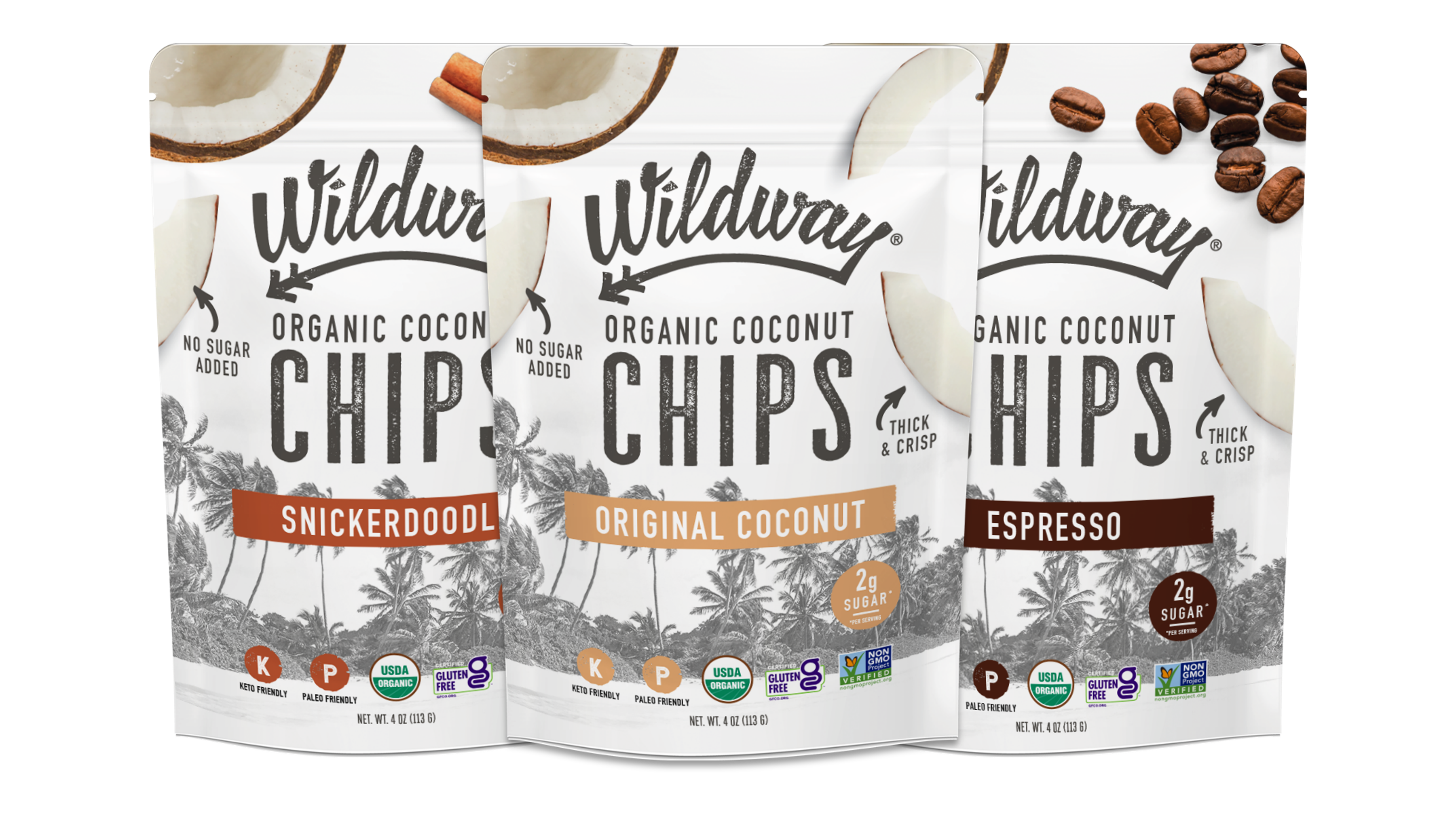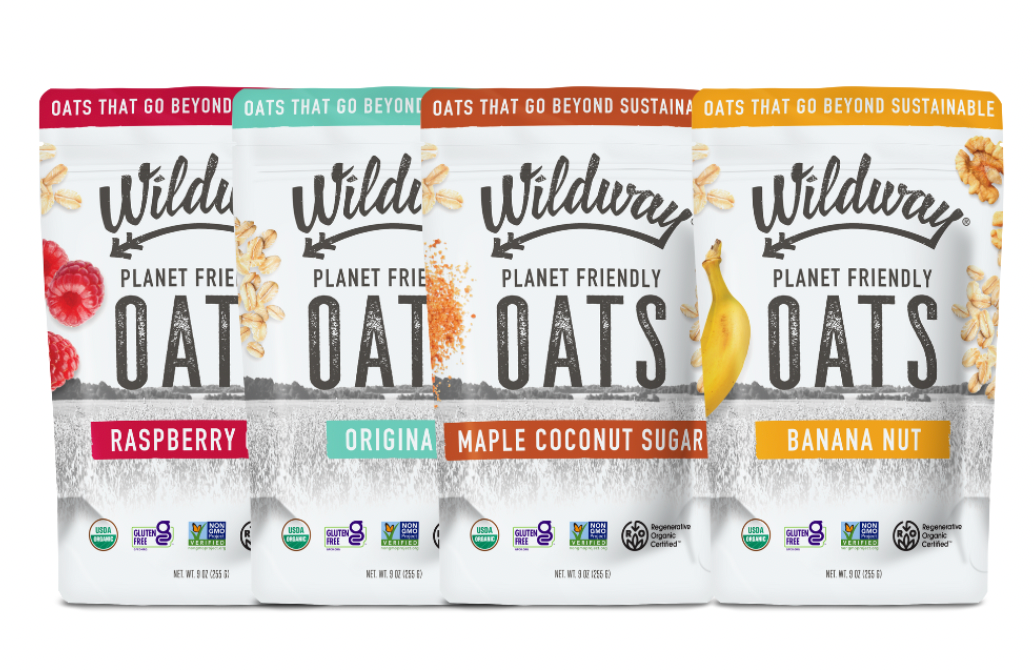
...
How Vanilla is Made
The process of getting vanilla to bottle is different depending on the format, whether it’s beans, extract or flavoring.
100% Real Vanilla Bean
There is no processing when it comes to real vanilla bean pods, just growing and harvesting. However, growing vanilla beans is no easy feat. Vanilla plants can take 3-5 years to produce the first pods. Pollination, as with any plant, is incredibly crucial and important for ensuring successful growth. Hand pollination is the most common method with vanilla plants, as the bees that pollinated in the past, stingless bees, are nearly extinct. To hand pollinate, farmers must remove pollen from the female part of the plant, the anther, and apply it to the male part, known as the stigma. After a week, pods should begin to form; however, if no pods appear, then the process was not successful and must be repeated. If pods do appear, it takes about 9 months for pods to produce mature beans.
Once the pods are mature, the ends will turn yellow, it’s time to harvest. Pods are detached from the plant using scissors, and then undergo a “sweating” process. This process requires the pods to be wrapped in a blanket or cloth and placed outside in a dry climate for 3-4 days. Once done, they should be a light brown color. After the sweating process, the beans are left exposed to the sun for a month to dry out; once dry they will turn a dark brown and feel like leather. The last step is to store the beans in an airtight container in a cool, dry, and dark place. It’s important to not refrigerate them to prevent moisture from rising to the surface and promoting mold growth.
Vanilla Extract
With pure vanilla extract, the flavors are extracted directly from the beans themselves to produce a rich and flavorful product. The beans are first ground to expose the pods, and are then washed and soaked in a bath of water and alcohol. The alcohol helps to pull the flavors compounds from the beans into the alcohol solution. Some extracts are then heated to quicken the extraction process, or are cooled to preserve the vanilla flavor.
Imitation Vanilla Flavoring
Imitation vanilla flavor is cultivated by synthesizing the main primary compound in vanilla, vanillin, from plant fibers found in shrubs and trees. The imitation flavor undergoes a variety of chemical processes while also using artificial flavors not found in pure extract. The chemical makeup of both pure extract and imitation flavor both contain the vanillin compound; however, only pure extract contains a multitude of other compounds that help to deepen and diversify the vanilla flavor.
Wildway Takeaway: Producing vanilla bean is a long and tedious process involving several steps including hand pollination, sweating, and drying. Vanilla bean is the purest form of vanilla, followed by vanilla extract which adheres vanilla to alcohol, and then imitation vanilla which uses chemical processes and artificial flavors.
Behind the Price
Sourcing plays a big role when considering the price of vanilla bean. Approximately 80% of the world's vanilla is grown in Madagascar. When poor weather hits the country, poor crop yield causes prices to skyrocket. This is a perfect example of supply and demand; the supply is low and the demand is high, therefore prices are forced to increase.
With the cheap costs of imitation vanilla bean products gaining popularity, crop security is decreasing as farmers are moving out of the business to avoid the risk of failing amidst poor weather conditions.
Additionally, the vanilla bean plant is incredibly difficult to grow. Vanilla extract is derived from the vanilla beans found within the one and only, vanilla planifolia. Of the hundreds of varieties of orchids in existence, only ONE produces vanilla beans. (Fun Fact: V. planifolia is the only edible member of the orchid family.) As mentioned previously, hand pollination is a tedious, but crucial step in the growing process. Farmers are required to hand pollinate each individual orchid as bees cannot be depended upon. The population of a specific species of bees, called stingless bees, native to central and South America, Australia, and Africa, has seen a decline due to deforestation, climate change, and the use of insecticides. Experienced farmers are required to hand-pollinate the orchids on the very day they flower when the blooms open in the morning and close at night. With each flower blooming only for a single day, every flower is precious in the eyes of hopeful farmers.
Wildway Takeaway: Many factors play into the high price tag of vanilla including bad weather conditions, unstable demand, and the tedious & laborious process of farming the vanilla bean crop.
Why Wildway Uses REAL Vanilla Bean
Here at Wildway, we preach about fueling with real ingredients, so it goes without saying that we choose to source pure vanilla bean. There are differences when comparing whole vanilla bean, vanilla extract, and vanilla paste. The whole vanilla bean offers the strongest and most flavorful profile since it’s vanilla in its purest form.
The aroma and flavor of whole vanilla bean may vary depending on where its grown, vanilla bean grown in Mexico may differ from those grown in Madagascar. There are a variety of types of vanilla bean grown around the world, and the characteristics are different for each. Madagascar vanilla bean is most commonly found and has a sweet tone that’s perfect for baking (or in our case, granola). Indian vanilla beans have a rich and bold flavor that can often be found paired with chocolate. Tahitian vanilla beans are known to have a more fruity undertone that mixes well in beverages and desserts such as ice cream. Mexican vanilla beans offer the smooth and sweet profile of Madagascar vanilla beans, but with a surprising spicy kick that pair wonderfully with cinnamon spice.
How could we support consuming natural and wholesome ingredients, but then use artificial and chemically engineered vanilla bean in our products?
We use 100% real vanilla bean in all of our lines of products with no additives, extracts, or flavorings. Only the real thing, all the time. We also believe in preserving the wild, and that means supporting the people who work within it. By purchasing pure vanilla extract, we are giving right back to support the hard working farmers who invest their lives into the difficult task of growing and supplying the world with vanilla.
We believe in investing in our ingredients and the people who help to cultivate them. As you can imagine, this is one ingredient that does not come cheap. Compared to $35 for 15 fl. oz. of vanilla extract or $2 of imitation vanilla, we pay $200/lb for our quality, REAL vanilla bean. All in all, it's a price we're happy to pay.
We pride ourselves in providing wholesome products full of real ingredients that will nourish until the very last bite. Every factor of our ingredients is carefully considered, not just the price, but also the flavor profile, nutritional value, and quality. With that being said, we understand it’s not just about the food, but the people who bring the ingredients to life. We support suppliers that produce in a sustainable and ethical way. The people that tirelessly invest in the land and in cultivating real ingredients are well deserving of our support. In honor of aligning with our innate desires to get back to the wild, we are passionate about supporting hard working farmers who supply us with the wholesome ingredients that get our granola from ingredients in the ground, to goodness in a bag.
Wildway Takeaway: So Which Is the Best - real, extract, or imitation? For us, the answer is a no-brainer. We use 100% real food ingredients in all of our product lines, so when it comes to vanilla, we stick with using it in its purest form, as opposed to extracts or imitation flavorings, to ensure our customers are getting the best-tasting, highest quality, and most sustainably-sourced products.
References:








